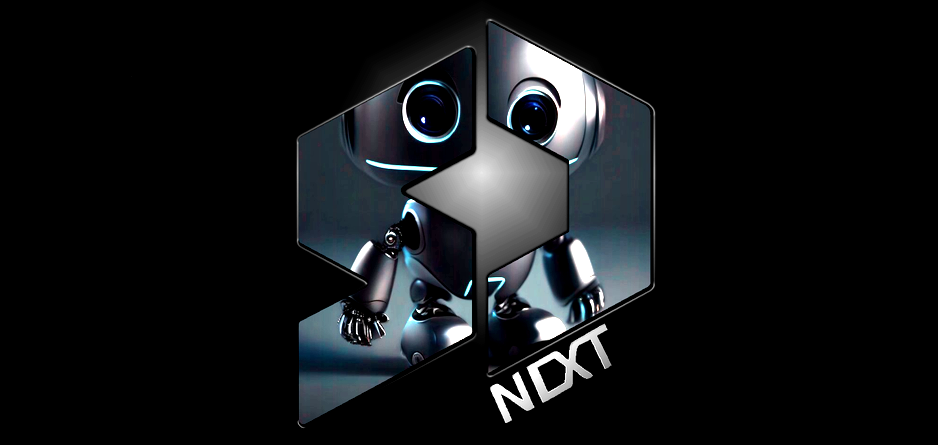Highlights for 2024-10-23
A month later and with nearly 300 commits, here is the latest SD.Next update!
Workflow highlights
- Reprocess: New workflow options that allow you to generate at lower quality and then
reprocess at higher quality for select images only or generate without hires/refine and then reprocess with hires/refine
and you can pick any previous latent from auto-captured history! - Detailer Fully built-in detailer workflow with support for all standard models
- Built-in model analyzer
See all details of your currently loaded model, including components, parameter count, layer count, etc. - Extract LoRA: load any LoRA(s) and play with generate as usual
and once you like the results simply extract combined LoRA for future use!
New models
- New fine-tuned CLiP-ViT-L 1st stage text-encoders used by most models (SD15/SDXL/SD3/Flux/etc.) brings additional details to your images
- New models:
Stable Diffusion 3.5 Large
OmniGen
CogView 3 Plus
Meissonic - Additional integration:
Ctrl+X which allows for control of structure and appearance without the need for extra models,
APG: Adaptive Projected Guidance for optimal guidance control,
LinFusion for on-the-fly distillation of any sd15/sdxl model
What else?
- Tons of work on dynamic quantization that can be applied on-the-fly during model load to any model type (you do not need to use pre-quantized models)
Supported quantization engines includeBitsAndBytes,TorchAO,Optimum.quanto,NNCFcompression, and more… - Auto-detection of best available device/dtype settings for your platform and GPU reduces neeed for manual configuration
Note: This is a breaking change to default settings and its recommended to check your preferred settings after upgrade - Full rewrite of sampler options, not far more streamlined with tons of new options to tweak scheduler behavior
- Improved LoRA detection and handling for all supported models
- Several of Flux.1 optimizations and new quantization types
Oh, and we’ve compiled a full table with list of top-30 (how many have you tried?) popular text-to-image generative models,
their respective parameters and architecture overview: Models Overview
And there are also other goodies like multiple XYZ grid improvements, additional Flux ControlNets, additional Interrogate models, better LoRA tags support, and more…
README | CHANGELOG | WiKi | Discord
You must log in or register to comment.


